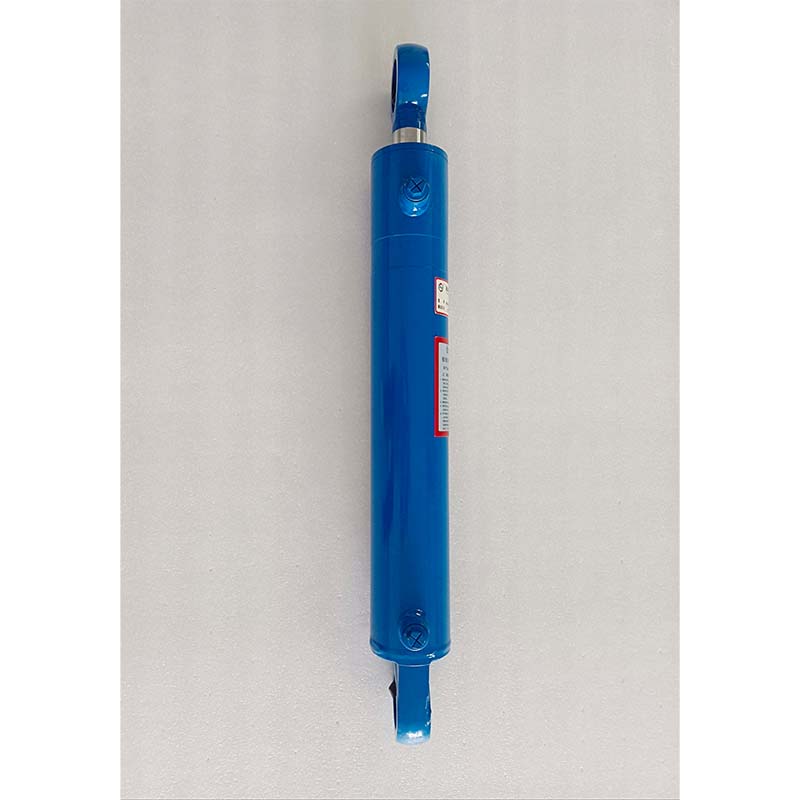Aug . 17, 2024 05:40 Back to list
Hydraulic Bucket Cylinder Features and Applications for Construction and Excavation Projects
Understanding Hydraulic Bucket Cylinder Products A Comprehensive Overview
Hydraulic bucket cylinders play a crucial role in the performance and efficiency of construction and heavy machinery. These components are integral to various applications, particularly in excavators, backhoes, and loaders. Their primary function is to facilitate the lifting, digging, and moving of materials, making them indispensable in industries like construction, mining, and agriculture. This article aims to delve into the design, operation, benefits, and applications of hydraulic bucket cylinders, highlighting their importance in modern machinery.
Design and Functionality
Hydraulic bucket cylinders are designed based on the principles of hydraulics, which utilize pressurized fluid to create movement. A typical hydraulic cylinder consists of a cylinder barrel, piston, rod, and end caps. The hydraulic fluid, usually oil, is pumped into the cylinder, creating pressure that moves the piston. This action extends or retracts the bucket, allowing operators to manipulate materials with precision.
One of the critical factors in the performance of a hydraulic bucket cylinder is its capacity and size. Heavy-duty applications require cylinders that can lift substantial weights, and manufacturers design these cylinders to withstand high pressures while maintaining durability and efficiency. Additionally, the materials used in the construction of hydraulic cylinders, such as hardened steel, influence their longevity and resistance to wear and tear.
Benefits of Hydraulic Bucket Cylinders
The use of hydraulic bucket cylinders offers numerous advantages in construction and earthmoving tasks
. Firstly, they provide significant lifting power relative to their size, enabling operators to lift heavy loads with ease. This efficiency minimizes operator fatigue and increases productivity on job sites.hydraulic bucket cylinder product

Another benefit is the precision control that hydraulic systems offer. Unlike mechanical systems, which may require manual effort for adjustments, hydraulic systems allow for smooth and gradual movements. This precision is particularly important when working in close quarters or when handling fragile materials that require careful placement.
Additionally, hydraulic bucket cylinders can be adapted for various attachments, such as buckets, grapples, or hammers, enhancing the versatility of the machinery. This adaptability allows equipment to be used for a wide range of tasks, from digging trenches to breaking concrete, making it a valuable asset in any heavy equipment fleet.
Applications Across Industries
Hydraulic bucket cylinders are employed in various industries beyond construction. In mining, they are used in excavators for digging and transporting minerals. In agriculture, farmers use hydraulic systems to operate attachments for tractors, improving the efficiency of tasks like tilling and planting.
Furthermore, municipal services utilize hydraulic bucket cylinders in waste management vehicles for lifting and emptying bins. In the landscaping sector, they help shape terrain and move bulk materials, ensuring that projects are completed efficiently.
Conclusion
In conclusion, hydraulic bucket cylinders are a fundamental component of modern construction and heavy machinery operations. Their ability to provide powerful lifting capacity, precise control, and versatility makes them essential in various applications across multiple industries. As technology continues to advance, the development of more efficient and durable hydraulic systems will likely enhance the capabilities of hydraulic bucket cylinders, ensuring they remain a critical tool for operators worldwide. With their significant impact on productivity and safety, understanding the mechanics and benefits of hydraulic bucket cylinders is vital for anyone involved in heavy machinery operations.
-
Fork Lift Power Units - Hebei Shenghan | Efficiency, Reliability
NewsJul.13,2025
-
1.5-Ton Turbocharged Cylinder-Hebei Shenghan|Hydraulic Solution,Energy Efficiency
NewsJul.13,2025
-
Auto Hoist Power Units-Hebei Shenghan|Efficiency&Industrial Lifting
NewsJul.13,2025
-
Double Acting Power Units-Hebei Shenghan|Hydraulic Solutions,Industrial Efficiency
NewsJul.13,2025
-
1.5 Ton Lifting Cylinder 70/82-40-290-535 - High-Performance Hydraulic Solution | Hebei Shenghan
NewsJul.13,2025
-
Fork Lift Power Units - Hebei Shenghan | Efficiency&Reliability
NewsJul.13,2025
